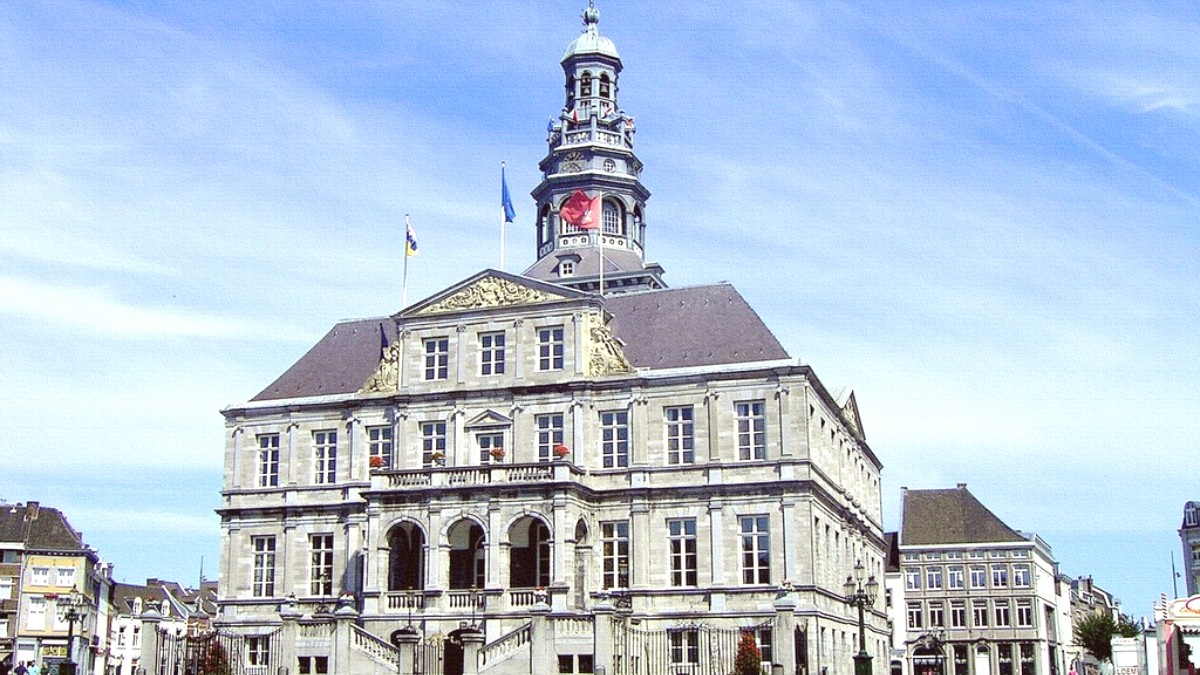
The Southeast, The Netherlands
From the moment visitors arrive, Maastricht embraces them with its welcoming ambiance. The gentle flow of the River Maas, separating the historic city center from the charming Wyck district, creates a picturesque backdrop. One encounters grand basilicas and quaint chapels nestled alongside contemporary art galleries and designer boutiques. The air often carries the aroma of freshly baked Limburgse vlaai (a regional pie) or the rich scent of coffee from a riverside café. This city does not rush; it invites a savoring of each moment.
Maastricht is a special place for many travelers seeking destinations offering depth beyond typical tourist attractions. It is a place for explorers, for food lovers, for those interested in history, and for anyone who values beauty in its varied forms.
Whether seeking quiet contemplation in a historic church or lively conversation on a bustling square, Maastricht presents the setting. Its appeal rests in this combination of ancient roots and a living, breathing culture that actively shapes the present. This guide assists visitors in discovering the varied experiences Maastricht presents, making each visit memorable and rewarding.
Maastricht is the capital city of Limburg, the southernmost province of the Netherlands. Its geographical position is distinctive, lying in a narrow strip of land between Belgium to the west and south, and Germany to the east. This unique location places Maastricht at the crossroads of Western Europe, influencing its culture, language, and historical development. The city sits on both banks of the River Maas (Meuse), a significant European waterway originating in France and flowing through Belgium before entering the Netherlands. The landscape around Maastricht differs noticeably from much of the rest of the Netherlands. While much of the country is flat, Limburg features gentle, rolling hills. This region, often called "Heuvelland" (Hilly Land), creates a scenic backdrop for the city, characterized by vineyards, orchards, and picturesque valleys.
The highest point in the Netherlands, Vaalserberg, is a short distance east of Maastricht, marking the tripoint where the borders of the Netherlands, Belgium, and Germany meet. This proximity to neighboring countries means one travels from Maastricht to cities like Liège in Belgium or Aachen in Germany within minutes. The Maas River has shaped the city's development as a trade hub and a defensive stronghold. Several bridges span the Maas within the city, with the Sint Servaasbrug, a stone arch bridge dating back to the 13th century, a prominent landmark. The river is not just a scenic element; it remains a working waterway, frequented by barges and river cruise ships. Along its banks, one finds walking paths and parks, presenting pleasant spaces for locals and visitors alike.
A unique geological feature underneath Maastricht.
Location of extensive underground tunnel and cave networks.
Tunnels formed by centuries of marlstone extraction.
Served as shelter during sieges, storage, and mushroom cultivation.
A subterranean labyrinth unlike other places.
The presence of these subterranean labyrinths highlights the city's deep connection to its natural environment, presenting a distinct experience not commonly found elsewhere.
This geographical setting has undeniably shaped Maastricht's identity, making it a crossroads of cultures and landscapes, with its unique hilly terrain contrasting with the flatness of much of the Netherlands.
The Maas, a significant European waterway, has historically served as a trade route and a defensive barrier, shaping the city's growth and character.
The city's size allows for easy navigation on foot or by bicycle, inviting spontaneous discoveries around every corner.
Maastricht's history stretches back over 2,000 years, making it one of the oldest cities in the Netherlands. Its roots trace back to Roman times when it was a settlement and crossing point on the River Maas. The name "Maastricht" itself derives from the Latin "Mosa Trajectum," meaning "crossing of the Maas." This Roman heritage is still visible in archaeological finds and in the city's oldest bridge, the Sint Servaasbrug, believed to stand on Roman foundations.
During the Middle Ages, Maastricht grew into an important religious and trading center. Saint Servatius, an Armenian missionary, became the first bishop of Maastricht in the 4th century. His tomb is housed in the Basilica of Saint Servatius, a significant pilgrimage site.
Grew into a religious and trading hub, linked to Saint Servatius.
Jointly ruled by Liège and Brabant, fostering a distinct identity.
Survived numerous sieges, with fortifications still visible today.
In modern times, Maastricht holds particular importance as the birthplace of the European Union.
A lifestyle centered on enjoying good food, drink, and company.
Compact city center ideal for exploration on foot or by bicycle.
Ancient Roman foundations meet contemporary art and design.
Explore the vast underground tunnel networks that served defensive purposes.
Discover eerie subterranean chambers used as shelters and storage.
A bookstore housed in a Gothic church, an unique blend of culture and commerce.